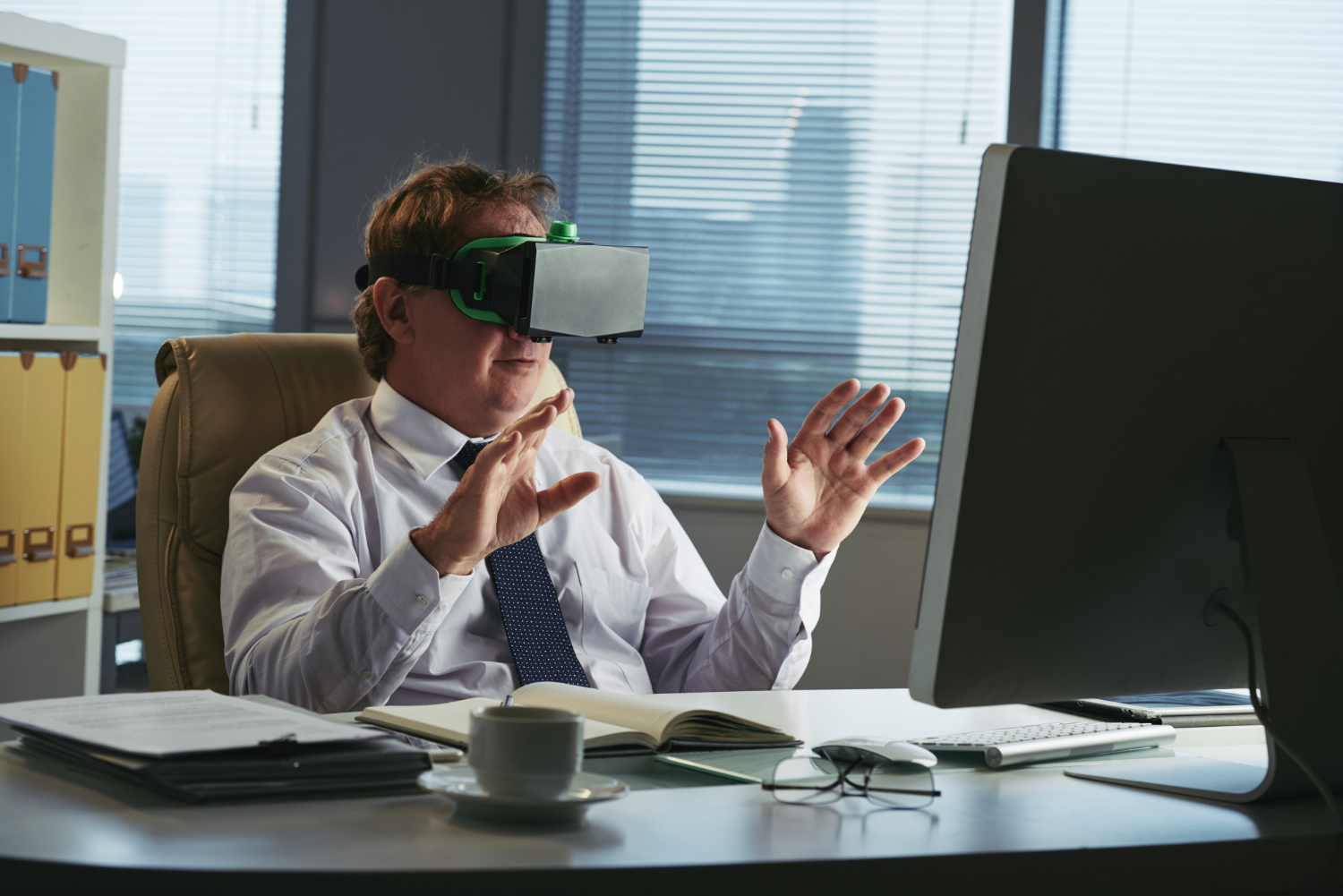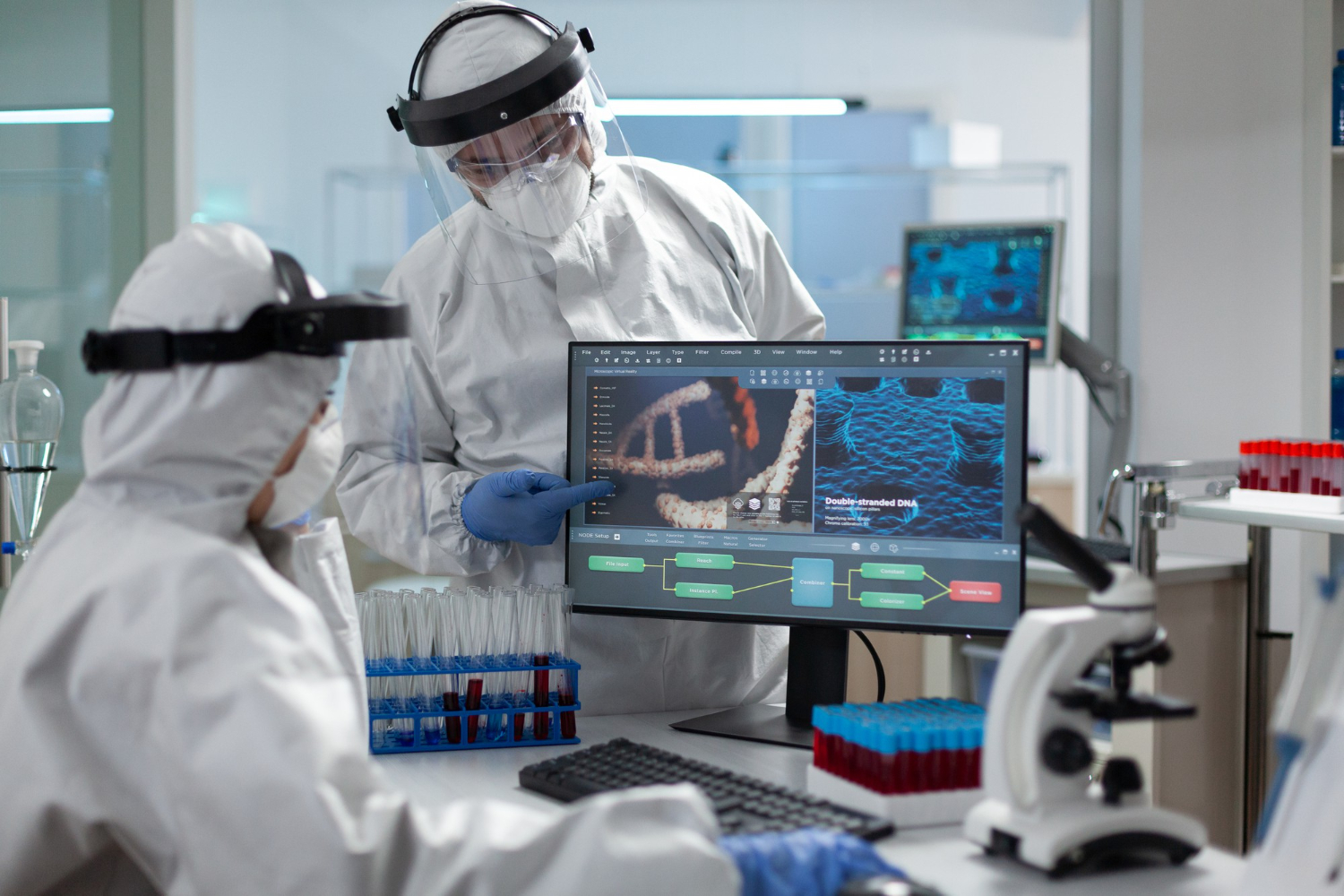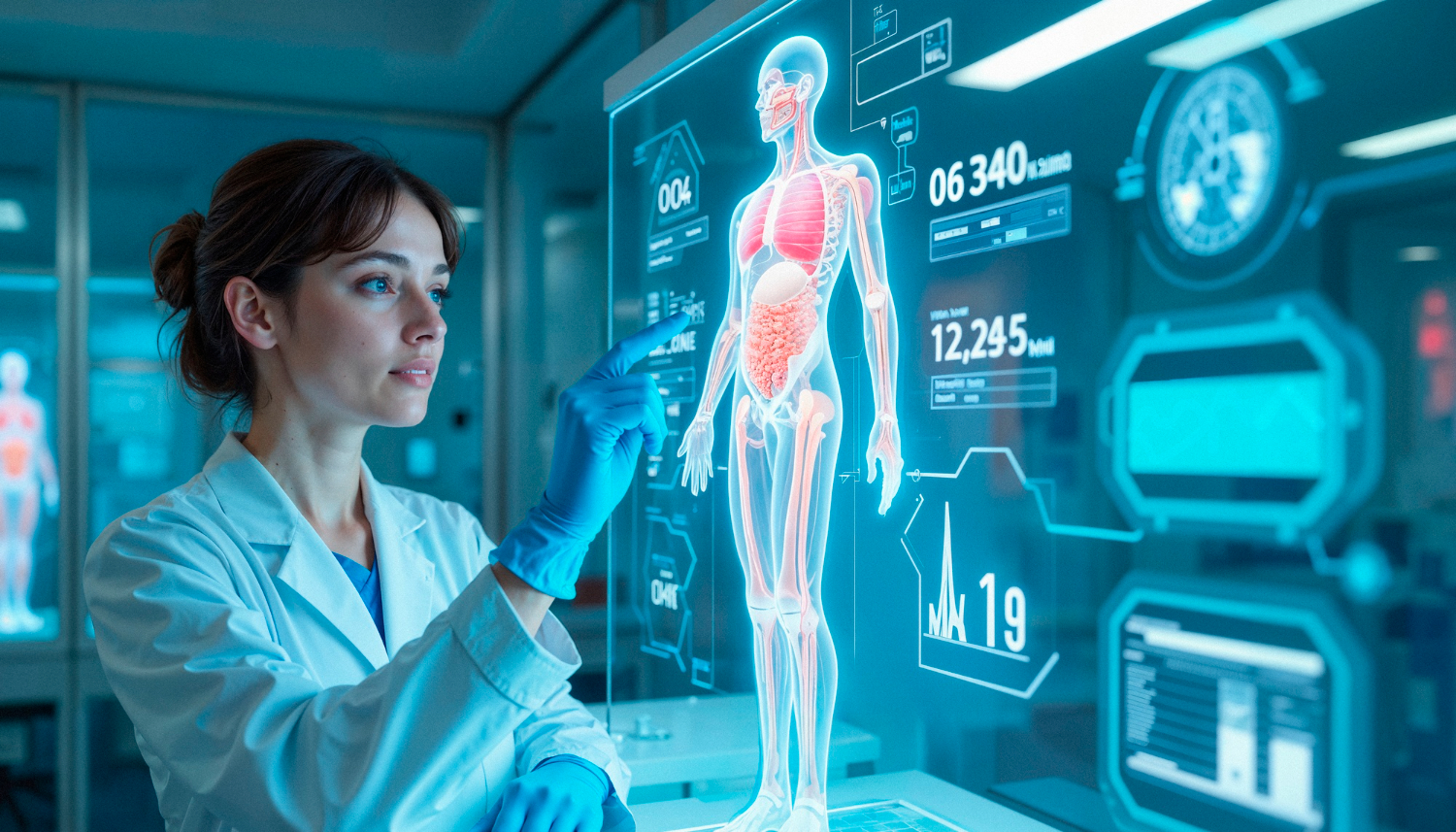Remote work is no longer a short-term fix. It’s now part of how many people work across industries. While video calls and online chats are useful, they don’t always support deep collaboration. This is where extended reality begins to show its value.
Extended reality (XR) is an umbrella term. It includes virtual reality (VR), augmented reality (AR), and mixed reality. These tools combine digital content with real worlds to create more engaging work environments. They offer ways to meet, train, and collaborate without needing to be in the same physical space.
Changing Meetings with Virtual Reality
Virtual reality makes it feel like you are in the same room as your team. You wear a headset and enter a digital space. In that space, everyone has an avatar. People can speak, move, and even use virtual objects.
This immersive experience can improve teamwork. It’s easier to read gestures and body language. The setup is useful for presentations, team discussions, and one-on-one meetings. Unlike standard video calls, these sessions feel more natural.
Some companies already use VR to hold daily meetings. Others use it to build virtual offices, where teams can drop in and work together in real time. These spaces mirror the office feel without needing an actual building.
Augmented Reality for Better Collaboration
While virtual reality creates a new world, augmented reality adds to the real one. You can wear glasses or use a phone to see digital elements on top of real-world surroundings. This method works well for hands-on jobs.
In remote work, AR helps with training. For example, a new employee can follow on-screen steps to learn how to set up equipment. An expert can see their workspace in real time and guide them by placing digital pointers or notes.
AR is also useful for showing product designs or plans. A 3D model can appear on your desk. You can look at it from all angles, discuss it with teammates, and make changes—all without shipping a physical prototype.
Read more: XR: The Future of Immersion
Mixed Reality for Complex Projects
Mixed reality goes a step further. It blends the digital and physical worlds so closely that they react to each other. You can touch, move, or resize digital objects as if they are real.
In remote work, mixed reality helps with projects that require detail. Engineers and architects use it to examine complex models. Medical teams use it for remote diagnostics. The system responds in real time, making it easy to test ideas and solve problems quickly.
The Power of an Immersive Experience
The biggest strength of extended reality in remote work is the immersive experience. It pulls you into the task at hand. You forget you’re working from home or a café. This focus boosts engagement and makes meetings feel shorter, even when they are long.
Team bonding also improves. People talk more freely when they feel like they share a space. This is harder to do in video meetings. XR creates that shared space, even if people are in different time zones.
Read more: Augmented Reality and QR Codes: Power Couple!
Real-Time Feedback and Interaction
XR tools allow for real-time feedback. During a virtual meeting, you can point at slides, pass digital files, or sketch on a shared whiteboard. In training, you can guide someone’s hands virtually or highlight steps to take.
This speed of interaction reduces confusion. It also lowers the risk of errors, especially in high-stakes fields like healthcare or engineering. By seeing and acting together, teams can stay in sync.
Challenges and Practical Needs
XR in remote work is still growing. Not everyone has a headset or the needed setup. Some systems are expensive or need strong internet and fast computers.
But costs are going down. Lighter headsets and simpler software are helping more teams get started. Companies are also offering shared XR spaces that anyone can join through a browser.
It’s important to note that XR is not a replacement for all work tools. It adds to them. A good remote work setup may include both XR and traditional apps like email or project trackers.
Continue reading: Unlocking XR’s True Power with Smarter GPU Optimisation
How TechnoLynx Can Help
At TechnoLynx, we build and improve extended reality systems. Our team helps companies set up remote work solutions using virtual, augmented, and mixed reality. We focus on building tools that work in real time, feel natural, and fit into existing systems.
Whether you need AR training tools, virtual meeting spaces, or mixed reality apps for collaboration, we can help. Our work is based on strong technical knowledge and a clear focus on usability. We test everything with real users to make sure it helps, not hinders.
Contact us today to learn how extended reality can support your remote teams.
Image credits: Freepik













